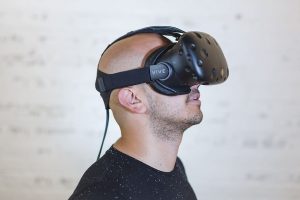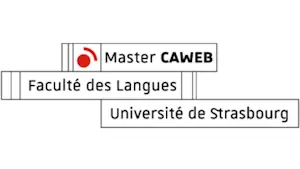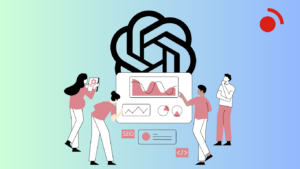Designing Virtual and Augmented Reality Interfaces

For several years now, virtual and augmented reality technology has developed at an unprecedented rate. In the meantime, the applications of these technologies are no longer limited to gaming. For example, important stakeholders in e-commerce see great promise in these relatively new technologies. In the meantime, the democratization of virtual reality headsets and the performance of smartphones and tablets keep on growing. However, the design and development of virtual reality (VR) and augmented reality (AR) interfaces are still new to most of us. Indeed, AR and VR are bringing new design technical challenges into focus.
Few tools available, while headsets remain expensive.
Before considering AR/VR interfaces in greater detail, we should ask how they are made. In fact, the prototyping of tools for designing and developing virtual and augmented reality interfaces are different from those used in more traditional design and development applications, e.g. Adobe, InVision, etc. Furthermore, it is often necessary to have access to a powerful computer in order to test prototype AR/VR development software.
In addition to it, it is equally difficult for designers to find inspiration when designing these interfaces. It is also difficult to get information on good practice in AR/VR development, since this field is still largely unexplored. Where good practices for web and mobile development can be found everywhere, AR/VR development is still in its infancy. Fortunately, things are changing. In fact, following the commercial successes of AR interfaces such as Pokemon-go, some of these interfaces have gone on to become some of the most successful mobile apps of all time.
What methodologies are needed when designing AR/VR interfaces?
Firstly, given that this sector is, for the time being, still relatively underdeveloped, some space should be left for experimentation. There is a chance that your first AR/VR interfaces will not be intuitive, even if you have experience designing interfaces.
Indeed, creating AR/VR apps shouldn’t be compared with everyday development jobs, since poorly designed AR/VR can put users in physical danger. While immersed in a virtual reality experience, people sometimes get headaches. Similarly, animations that seem rich and vibrant on a website may be impossible to experience in AR/VR form. Developers should rather remain on the side of caution. Also, as a future AR/VR developer, you shouldn’t forget that you’re working in 3 dimensions. As a result, traditional wireframes are often ineffective when it comes to designing virtual reality experiences. In a quest for ever more immersive experiences, some designers have started experimenting with DIY 3D wireframing. They do so in rooms populated with pieces of cardboard, representing each element of the interface. Here volunteers have to navigate custom-built “mazes”, then give their feedback afterwards.
AR and VR will continue to become more and more democratized in the years ahead. In the meantime, users and business interests in this sector will keep on growing. Therefore, it is worth for designers to keep an eye on this sector. Also, they should keep in mind that major trends in prototyping and design are just starting to emerge.
Article translated by Willem Beckmann.
Sources :
https://hackernoon.com/the-design-process-in-vr-ar-and-mr-b34b2247520f
http://www.webdesignertrends.com/2017/09/realite-augmentee-tendances/
http://www.webdesignertrends.com/2016/10/vr-design/
http://www.vanschneider.com/the-wild-west-of-virtual-reality-with-timoni-west




